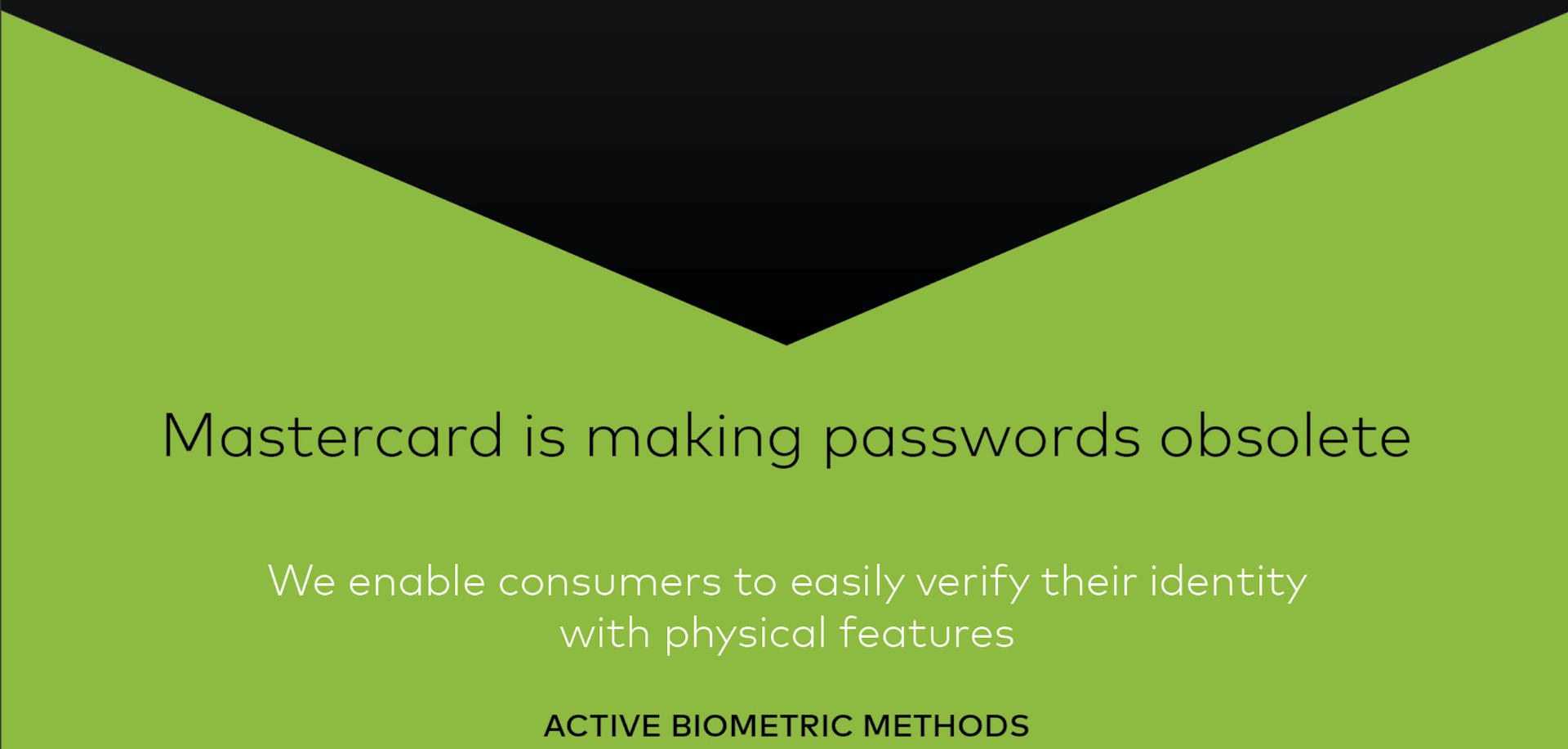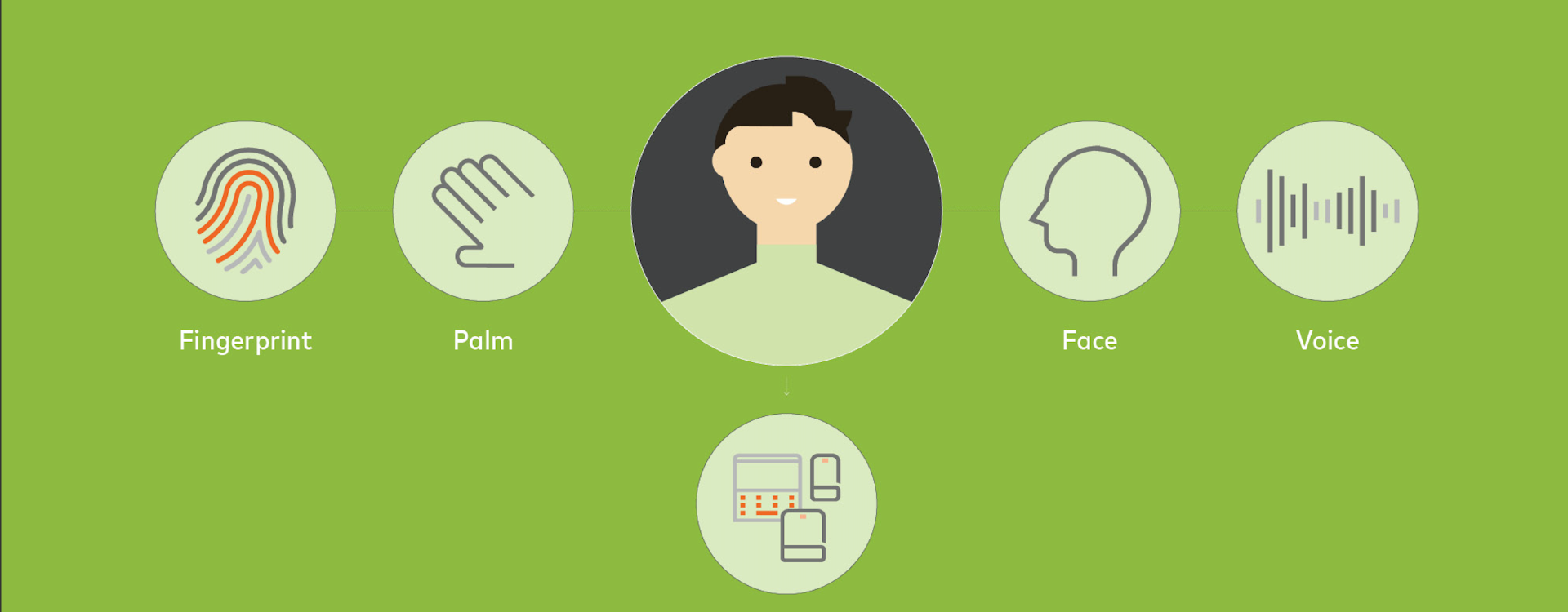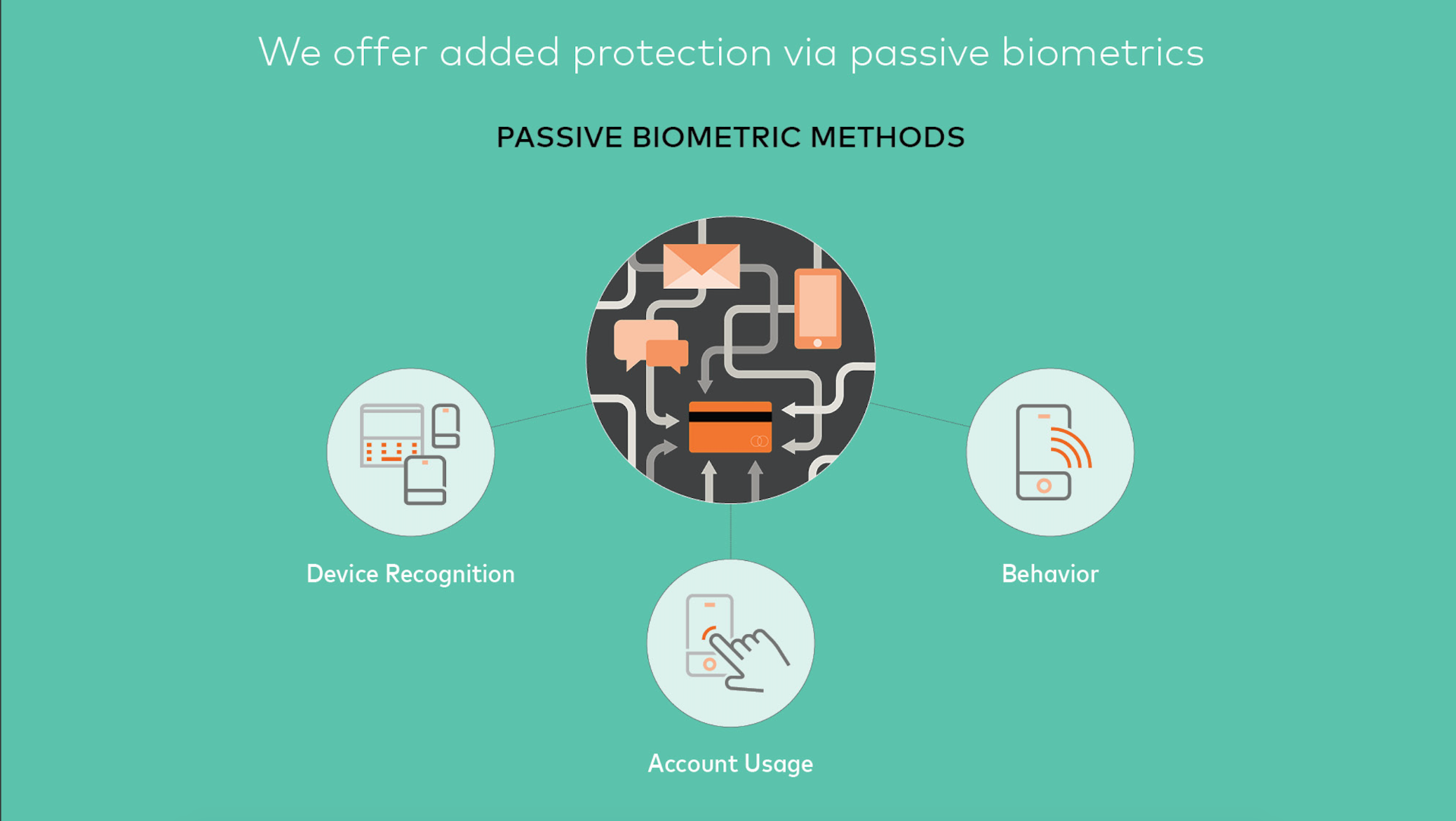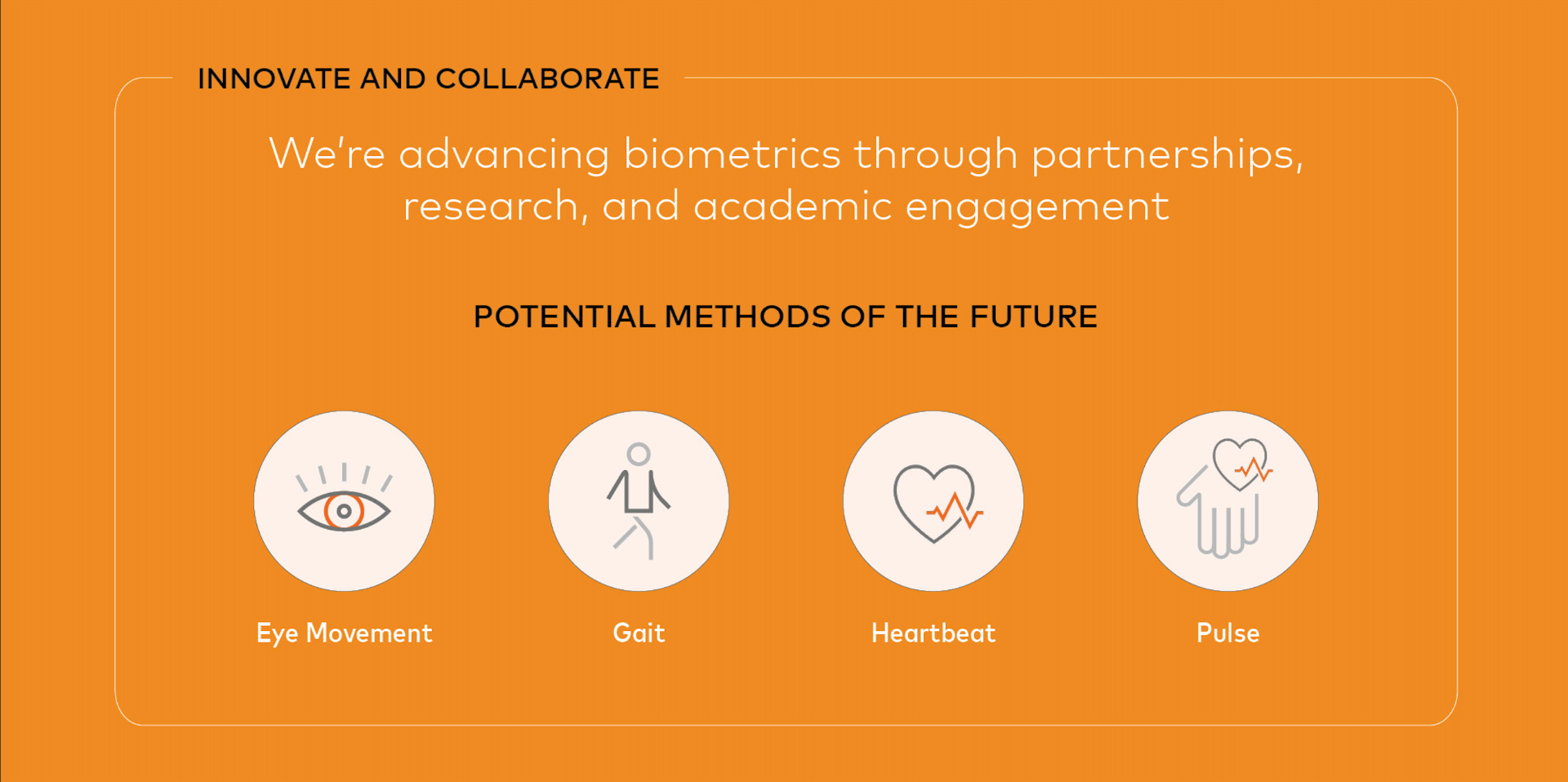WHITEPAPER
From password to person: the evolution of biometrics
How can you be confident that someone is who they say they are?
Long ago, this wasn’t a problem. Most people rarely interacted with anyone outside of their local village; they were recognized by sight, name, voice, or some other physical trait, and where necessary they were vouched for by a trusted third party. Over the years, methods evolved to aid identification, such as passports, ID cards, or driver’s licenses—most of them anchored in the physical world.
At the dawn of the digital age, a new question arose: How do you trust someone you don’t know, can’t see, and who isn’t present in person? One solution has been the exchange of knowledge—passwords, PINs, memorable data, and personal details. But such techniques come at a price— loss of privacy, greater inconvenience, and rising rates of identity fraud. As a result, the password is being replaced by the person—be it thumbprint, facial imaging, voice inflection, or behavioral traits. As in the village of old, it’s once again about recognition, but this time using techniques fit for a digital world.
In recent years, identity verifiers have moved to address the vulnerabilities of knowledge-based identity data by employing biometric solutions. The verification of biometric data, liveness detection, and associated security processing are key areas of innovation. Physical biometrics such as fingerprint, face, or palm are being combined with technologies that recognize behavioral traits and associated devices to create seamless, intelligent, and more secure methods of authentication.









From password to person: The evolution of biometrics
Our latest paper shares an overview of different biometric modalities, assesses security and usability issues, reviews recent advances in technology and the expansion of uses, and discusses regulatory trends and ethical considerations.